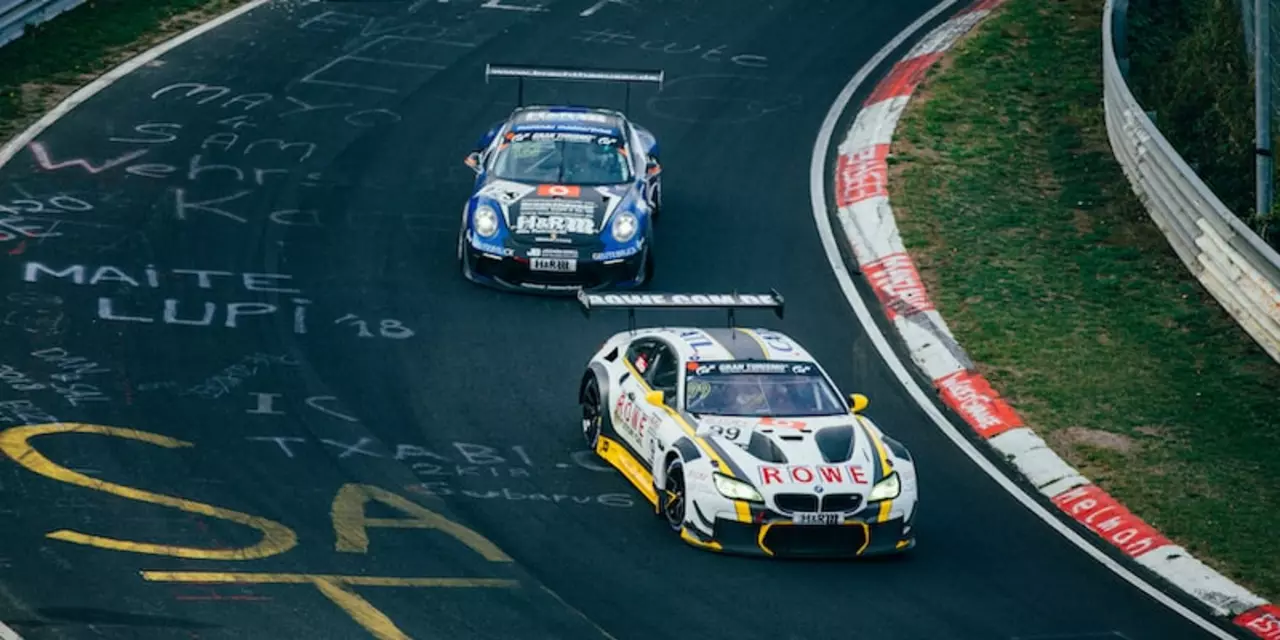Motorsport Rules Explained – What Every Racer Should Know
When you hop behind a bike or step onto a track, the first thing you want is speed and thrills. But without the right rules, that excitement can turn risky fast. Whether you’re into drag strips, circuit races, or off‑road sprint, understanding the basic regulations keeps you safe and lets you focus on the ride.
Key Safety Rules
Every event starts with a safety checklist. Helmets must meet the latest FIA or Snell standards, and most series demand a fire‑retardant suit, gloves, and boots. Roll cages, crash bars, and harnesses are mandatory on cars that hit more than 150 km/h. Before the green flag, drivers go through a technical inspection to confirm everything is up to spec – no loose bolts, proper fluid levels, and a working kill switch. Missing any of these can get you barred from the session.
Track limits are another safety pillar. Crossing the white line or cutting corners not only gives an unfair edge but also raises the chance of a collision. Most circuits use sensors or cameras to catch violations, and repeated offenses often lead to drive‑through penalties or disqualification. In drag racing, the “Christmas tree” light system enforces a strict start; jumping the start (a “red‑light”) means a foul and a loss of the run.
Common Competition Rules
Racing classes each have unique technical rules. In drag racing, you’ll see classes like Top Fuel, Funny Car, and Pro Stock, each with limits on engine size, fuel type, and modification allowances. Likewise, circuit racing splits cars into groups such as GT3, touring, or formula, with specific weight, aerodynamic, and tire regulations. Staying in your class means you’re measured against similar machines, making the competition fair.
Points systems also follow standard patterns. Most series award points to the top finishers – for example, 25 for first, 18 for second, and so on – and a driver’s championship is decided by the total across the season. Some events throw in bonus points for pole position or fastest lap, so drivers push hard in qualifying and during the race.
Penalties are part of the game. A time penalty can add seconds to your race time, a grid drop shoves you back for the next race, and a stop‑and‑go forces you to pit and lose track position. Understanding which actions trigger which penalties helps you avoid costly mistakes. For instance, ignoring flag signals, causing avoidable contact, or exceeding track limits usually results in a time addition or a drive‑through.
Off‑track conduct matters too. Drivers must respect the sporting code, which covers everything from media interviews to social media behavior. Teams are also bound by regulations on crew size, pit lane equipment, and fuel handling. Breaching these can bring fines, suspensions, or even a ban from the championship.
Bottom line: the rules exist to keep racing exciting and safe. They level the playing field, protect participants, and ensure fans get a fair show. So before you line up at the start, give the rulebook a quick scan, check your gear, and get ready to enjoy the rush without the worry.





